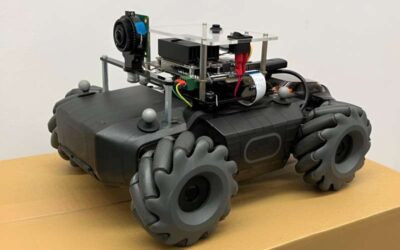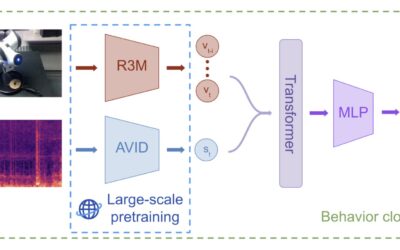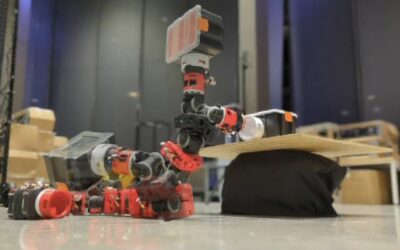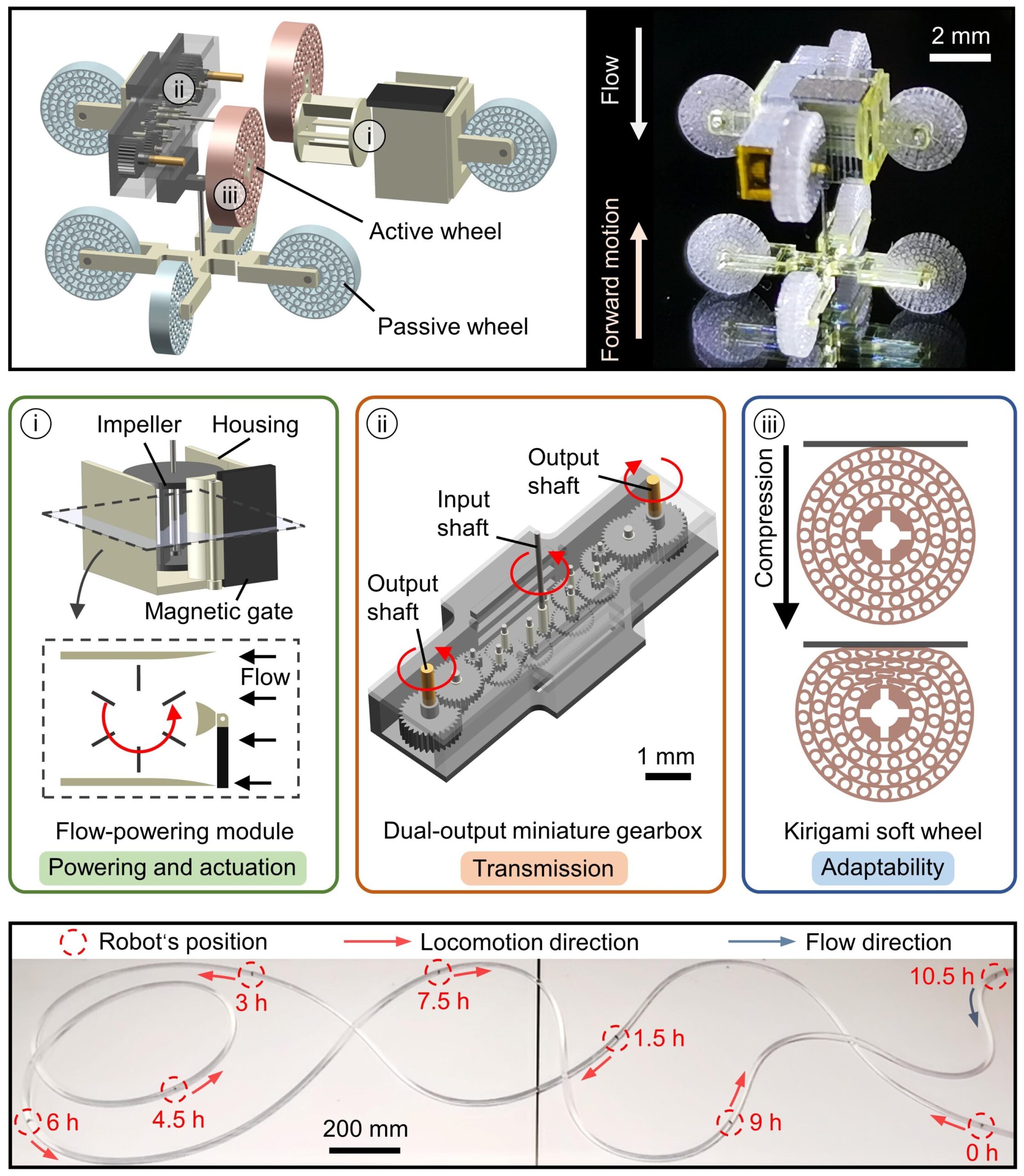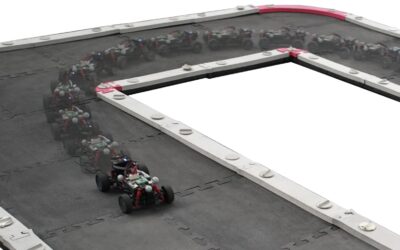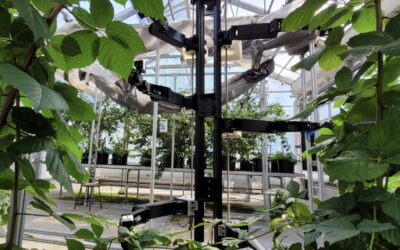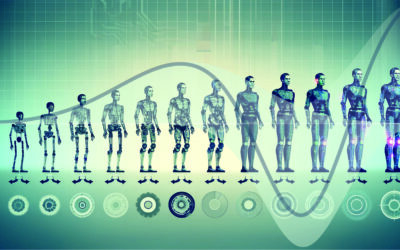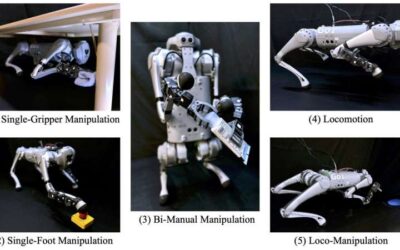The public release of ChatGPT and other large language models (LLMs) has allowed developers worldwide to start experimenting with these models to enhance the interactive capabilities of their own systems. Similar generalizable models for robotic manipulation, however,...
Robotics
Researchers create an autonomously navigating wheeled-legged robot
Fast-moving autonomous mobile robots could help to deliver goods to various locations, helping to tackle disruptions to product supply chains. Nonetheless, wheeled or legged robots alone might not be sufficient to complete deliveries both efficiently and independently.
Research team introduces an agile multi-robot research platform
Teams of robots have the potential of tackling far more elaborate missions than individual robots, for instance, covering long distances faster, visiting different sites simultaneously, or monitoring larger geographical areas. Platforms that combine reliable hardware...
Using contact microphones as tactile sensors for robot manipulation
To complete real-world tasks in home environments, offices and public spaces, robots should be able to effectively grasp and manipulate a wide range of objects. In recent years, developers have created various machine learning–based models designed to enable skilled...
An approach to enable both locomotion and manipulation in a snake-inspired robot
Snake-inspired robots could have various advantages over conventional wheeled or legged robots. For instance, slithering robots can adapt the shape of their body, enter narrow spaces, and move freely in environments that are inaccessible to both humans and other robots.
A miniature wireless robot that can effectively move through tubular structures
Robots have already proved to be promising tools to complete complex and demanding maintenance tasks. While engineers have developed a wide range of robots that could help to maintain and repair infrastructure, many of these robots need to be plugged into external...
An affordable miniature car-like robot to test control and estimation algorithms
The development and testing of algorithms for robotics applications typically requires evaluations in both simulated and physical environments. Some algorithms, however, can be difficult to deploy in simple hardware experiments, due to the high costs of robotics...
A six-armed robot for precision pollination
Over the past decades, dozens of animal species have become extinct, while thousands of others are now at risk of disappearing. Endangered species include various pollinators, including bees and some types of moths, butterflies, and flies.
Study explores why human-inspired machines can be perceived as eerie
Artificial intelligence (AI) algorithms and robots are becoming increasingly advanced, exhibiting capabilities that vaguely resemble those of humans. The growing similarities between AIs and humans could ultimately bring users to attribute human feelings, experiences,...
A dexterous four-legged robot that can walk and handle objects simultaneously
Four-legged robots, also known as quadrupedal robots, have advantageous characteristics, including the ability to rapidly walk on challenging terrains and keep a low center of gravity. Some four-legged robots can also manipulate objects in their surroundings, yet this...



